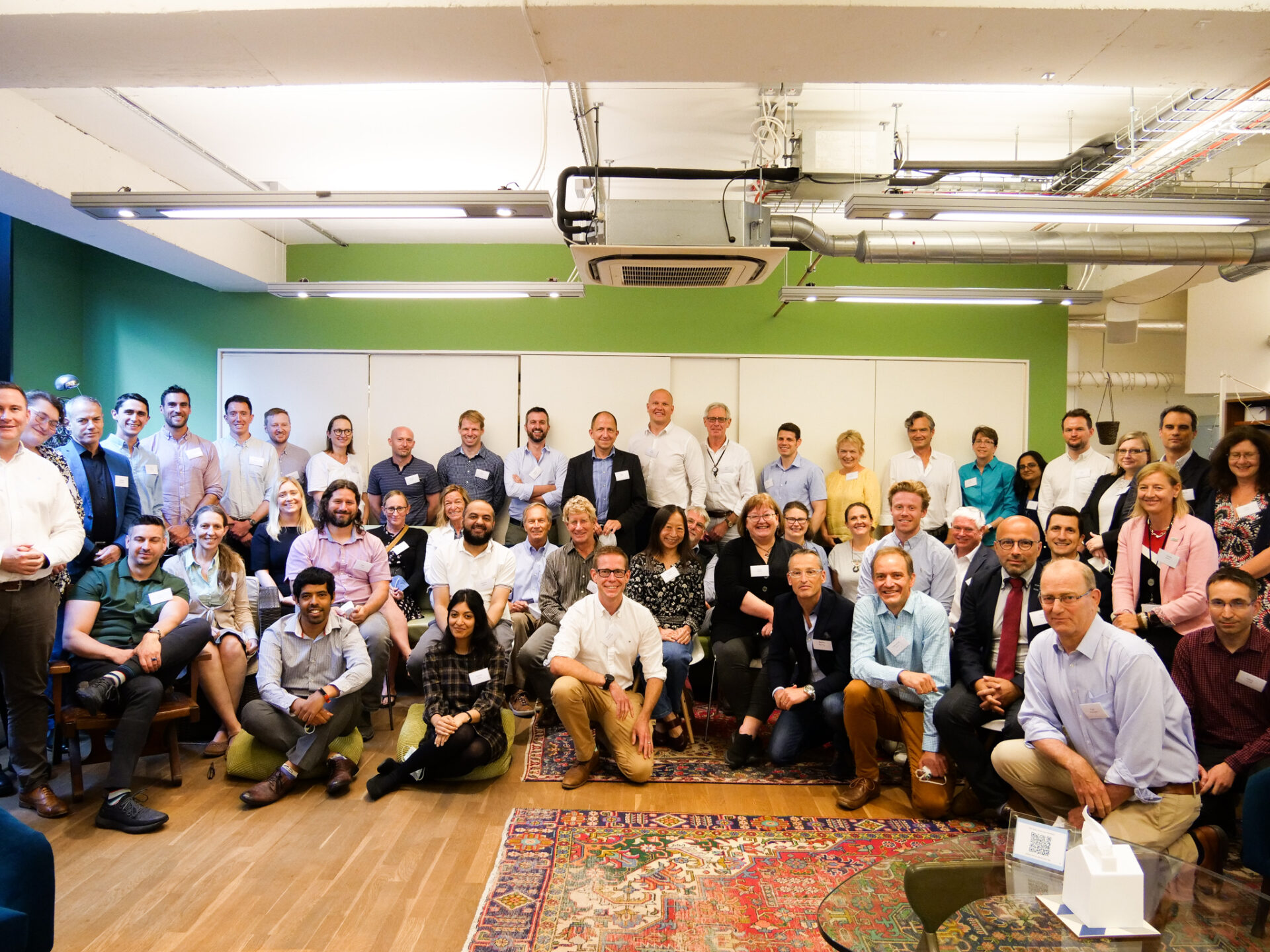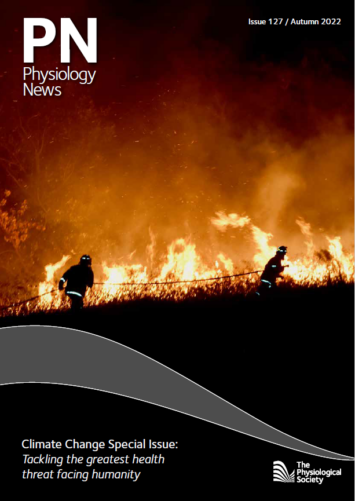
Physiology News Magazine
Zero – One – Two
News and Views
Zero – One – Two
News and Views

https://doi.org/10.36866/pn.127.10
Dr Peter Kohl
Editor-on-Chief, The Journal of Physiology
If ever there was any doubt, Uriah Heep’s Lady in Black1 made quite clear: there is no strength in numbers – have no such misconception! With that in mind, please forgive me for throwing a few of them up into the air nonetheless.
Let’s start with ‘ZERO’.
That is the number of responses my last column in Physiology News (PN) triggered. I would like to renew my invitation to you, the reader of PN, to not hesitate writing to me via pkohl@physoc.org to share your thoughts about The Journal of Physiology (JP). It is your journal, and its future is being shaped as we speak, by you – the present generation of physiologists.
A second number I would like to mention is ‘ONE’.
That is the number of papers2 we can credit for the recent rise in the Impact Factor of JP from 5.18 (for 2020) to 6.23 (2021). This increase, welcome as it may be, illustrates the fickle nature of Impact Factors, and the extent to which the publishing of “guidelines” or consensus statements can sway a cohort-parameter that is still used by many institutions – erroneously! – to assess the quality of individual researchers’ output. Looking at the citation rates to this one item in JP, we can confidently predict that there will be a further small rise in Impact Factor next year. With equal confidence, we can predict a drop the year after, when it leaves the assessment window for Impact Factor calculation. That is – unless…
Which finally brings me to ‘TWO’.
You have two options of supporting the journal, the standing of your area of research, and the financial return to The Physiological Society from JP publishing activities. They are not mutually exclusive.
First and foremost – please send your best work for peer review by JP. In my previous PN column I highlighted that currently JP receives on average one paper per member of The Society every 20 years. This is not sustainable for a Society-owned journal. Also, we should remember that Open Access is bound to become a reality for us by 2025. This means that income from JP for The Society will be driven solely by the number of papers published – with authors required to pay for the pleasure. This will affect value judgements. Unless we make a big step forward in raising the appeal of JP, also in the eyes of those institutions who use ill suited parameters for individual academic evaluations, between now and then, we may regret it. JP needs your best work!
Second – please help us in communicating the amazing content of JP by reading and citing relevant papers. Of course, the ARRIVE guidelines2 are of major importance for reporting animal research, and accordingly they were published in several professional journals in parallel. Their version in JP attracted 796 citations in 2021, with the knock-on effects on journal metadata mentioned above. The Physiological Society has ~3,500 members. I am sure each of you knows of original research papers and/ or reviews in JP that are at least as relevant for your work as guidelines may be. Let’s cite them, to give credit where credit is due, to convey the value of JP, and to celebrate science.
On this note, celebrating science is at the heart of a number of initiatives that the Editorial Board discussed at its recent July 2022 meeting in London, which are hoped to bring JP closer to its authors and readers around the world. They include the identification of Regional Editors who will represent the journal in those parts of the world where great physiology research is conducted, though often without finding its way to JP. We are also planning to expand JP subject coverage, to include more data science and modelling, as well as physiological “omics”. These, and many other exciting topics, will be featured in an extensive series of Special Issues, which will be announced over the next 10-15 months. On the editorial side, we are striving to speed up peer review turn-around, and we will simplify the types of editorial decisions to be more in line with current expectations (accept, acceptable with minor revisions, potentially acceptable after major revisions, reject). We will further introduce a new article type for comments and opinions regarding current and/or controversial issues in physiology – but more on that in due course.

For me, it was the first Board meeting I had the pleasure of chairing, and so I would like to conclude with another line from Uriah Heep: my labour is no easier, but now I know I’m not alone…
With the best wishes,
Peter Kohl
References
- Chances are, this ‘classic of rock’ doesn’t mean anything to you, unless retired. Worthwhile listening to nonetheless; the lyrics are pretty deep and current…
- Updated ARRIVE guidelines for reporting animal research. https://physoc.onlinelibrary.wiley.com/doi/full/10.1113/JP280389
